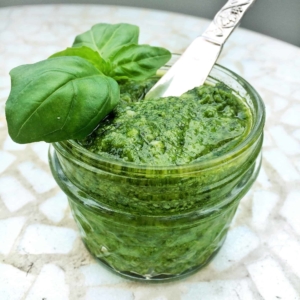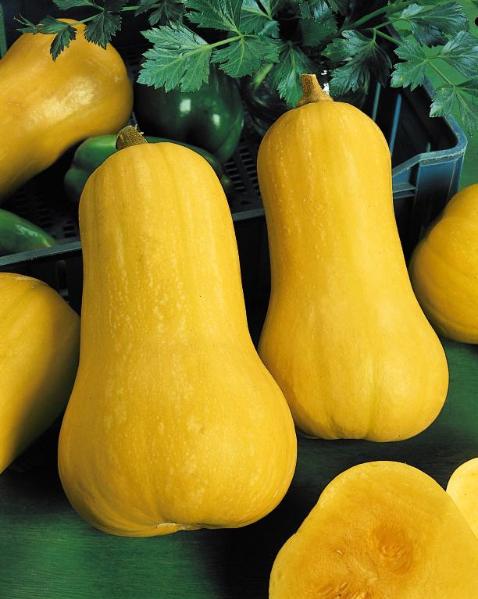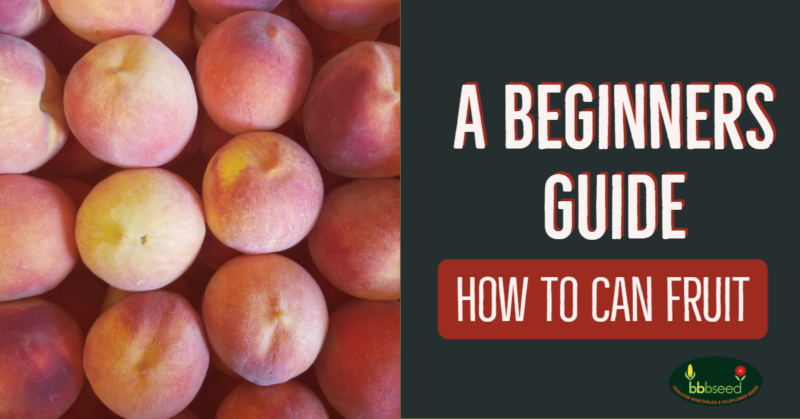
Kombucha Tips
by Sam Doll
Sweet, sour, fizzy, and funky; Kombucha (or ‘Booch” for those in the know ?) has been super trendy of late. This fermented tea drink is chock full of healthy probiotics, antioxidants, and good vibes!
The thing is, it is pretty pricey at the supermarket. Most bottles of kombucha are around $3 or $4 and can sometimes be as much as $8! We think this is criminal considering how easy, cheap, and rewarding it can to make your own kombucha at home.
Our guide will tell you everything you need; from getting your first SCOBY to making your booch effervescent and yummy!
Wait, What’s A SCOBY?
As you may know, Kombucha is a fermented product. Fermenting food brings us some of our tastiest flavors and textures. Sauerkraut, beer, miso, yogurt, and sourdough are all examples of amazing, delicious foods that would be impossible without fermentation.
Fermentation might sound gross at first, but it really is just a clever way humans have discovered to preserve foods and get a little bit of help from the beneficial bacteria all around us.
When we let these little microbes, like lactobacillus and yeast, do some of our digestion for us. Sometimes, these guys give off byproducts like alcohol or lactic acid that make it harder for anything else to eat that food, preserving it.
So, what is a SCOBY? The word SCOBY is an acronym for Symbiotic Colony Of Bacteria and Yeast. Sometimes called the “mushroom” or the “mother”, a SCOBY is what transforms your tea concentrate to the unique flavor profile of kombucha.
Have extra SCOBY, here are 13 uses for all your excess!
This colony (or more accurately, community) of various bacteria species and yeast (a single-celled fungus that makes bread and beer possible) works together to eat up most of the sugar and breaks down a lot of the complex nutrients present in the tea into their easier to digest components. The probiotics and available nutrients in kombucha is what makes it so healthy for you!
The SCOBY is usually somewhat gelatinous and tough and will float at the top of whatever container it’s stored in. They will grow to whatever size container they have and will usually have a hockey-puck shape (if it’s in a cylindrical container).
Okay, Where Do I Get A SCOBY
There are a few ways to get your first SCOBY, here are our favorites.
A Friend
Most likely, you have a friend or coworker who makes kombucha. The SCOBY naturally grows and layers into split-able discs. Most kombucha brewers have more SCOBY than they know what to do with and would be more than happy to spread the good word and help out a fledgling brewer like yourself!
Don’t forget about who gave you that SCOBY either, more than likely one of you will need a new SCOBY at some point and you might be needed to return the favor!
Order A Starter Culture
If you can’t find a ‘booch buddy’, you can always order a SCOBY online. There are plenty of reputable dealers available (we like the Fermentaholics SCOBY with starter tea).
When purchasing online, make sure that the SCOBY is packed in ‘starter tea’. This is the tea that has already been fermented by the SCOBY in a previous batch and is loaded with probiotics. Without this starter tea, your first fermentation will be slow, and it could allow mold to set in on your SCOBY.
Make Your Own
Full disclosure, we’ve never attempted to make our own SCOBY. Never been patient enough to wait around for it! It is possible though! So, we’ll refer you to the experts on growing a SCOBY at Cultures for Health
**Important Note**
Kombucha making is not a 100% proposal. If you see what could be mold growing on your SCOBY or anything weird going on in the liquid, it’s best to pitch the whole batch (SCOBY included) and start over. It stinks, but sometimes it needs to be done to stay safe!
This article is full of helpful tips so you can tell if your SCOBY is moldy or not.
Also, SCOBYs don’t like things getting switched on them. If they are in green tea when they start, only use green tea. If they start in black tea, only use black tea.
The First Fermentation
Equipment
- 1-gallon glass jar*
- Wooden or plastic spoon for stirring
- Cheesecloth
- Kitchen twine
*Only use glass containers when making Kombucha. Metal will react with the acidity of the liquid and may impact SCOBY health and plastic can harbor unwanted bacteria.
Ingredients
- 5 quarts water*
- 8 bags of black or green tea (2 tbsps. of loose tea can be substituted)
- 1 cup white sugar
- Minimum 8 oz. starter tea from the previous batch
- 1 SCOBY
*If you have hard tap water, use filtered water from the store. Kombucha does not like high mineral content in the water.
1. Sterilize
With all fermentation, you want to be careful to make sure you are only adding the good microbes to your kombucha. This means keeping a sterile environment. All utensils and containers used should be sterilized before use.
The easiest way to sterilize equipment is to boil it for at least 5 minutes. You can also use hot vinegar to sanitize equipment. Do NOT use any soap or chemicals, since they can kill your SCOBY. Make sure to not touch any surface that will come in contact with the kombucha, since your hands do harbor microbes that can ruin your batch. Similarly, be careful to avoid touching the SCOBY.
2. Make the Tea Concentrate
Heat the water to a boil and add the sugar water. Stir until all the sugar is dissolved and add the tea. You can let the tea steep for a minimum of 10-15 minutes or wait until the tea is completely cooled (between 68-85ºF).
This is extremely important. If the tea is too hot when you add the starter tea and SCOBY to the mixture it can kill them.
Once cooled, remove tea and pour the concentrate into the fermentation jar.
3. Start the Fermentation
Once the base tea is cooled and in the jar, you can add the starter tea and SCOBY. Again, make sure not to touch the SCOBY. Use a clean spoon or tongs if you are having trouble moving it.
Once everything is in the fermentation jar, cover the top with a breathable material. We like a tightly woven cheesecloth or muslin. You can also use a clean dishtowel or coffee filter.
Secure the covering with a rubber band or kitchen twine to prevent any dust, debris, or insects from finding their way inside.
Find a dark place that the kombucha can remain undisturbed at room temperature and let it sit for 7-30 days. Taste every 7 days until it is where you want it. The sooner you stop the ferment, the sweeter it’ll be. The later, the sourer and funkier.
The Second Fermentation
Once your kombucha is done fermenting, you can feel free to drink it right then! If you want the full kombucha experience though, you’ll have to do a second fermentation. This is the stage where you will flavor your kombucha and let it carbonate.
Equipment
- 6 16 oz. Fermentation grade swing-top bottles or 6. Pint-sized mason jars with lids and rings
- Funnel
Ingredients (optional flavorings)*
- 1-2 cups chopped fruit
- 2-3 cups fruit juice
- 2 tbsp honey
- 2 tbsp flavored/herbal tea
While it isn’t necessary to add any flavors to your kombucha, it can be a fun, creative experience that can make some special flavors. If you want suggestions of what flavors go well together, check out this article.
1. Remove SCOBY
Once your Kombucha is where you like it, remove the SCOBY using clean utensils and place it on a clean plate. If the SCOBY is starting to layer (usually after about 4 brews) remove the older ‘mother’ from the bottom and save the ‘baby’.
Place the SCOBY in a clean, mason jar with at least 12 oz reserved starter tea. Store in the refrigerator until it’s time for your next brew.
2. Prepare flavorings
This is where you get to make the kombucha your own. Prepare your flavors, using the guidelines above, and split it evenly among your bottles. Be careful when using ingredients like honey. If too much sugar is added, you can over-ferment and cause your bottles to burst.
Here are some Flavor Combinations that we like:
- Ginger and Lemon
- Kiwi
- Honey and Lavender
- Orange and Clove
- Strawberry and Basil
3. Bottling
Using clean bottles and a clean funnel, split the flavoring between your bottles and then pour the kombucha in.
Leave a minimum of an inch of headspace in the bottles so they properly carbonate and don’t over pressurize. The headspace will also prevent the kombucha from spilling out when you open it.
4. Wait it out
Let the kombucha sit for 1-3 days at room temperature, depending on the temperature, and then move them into the fridge
5. Enjoy!
‘Nuf said!













